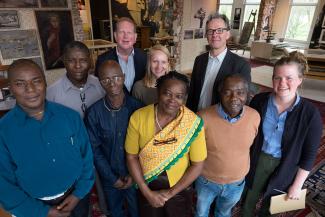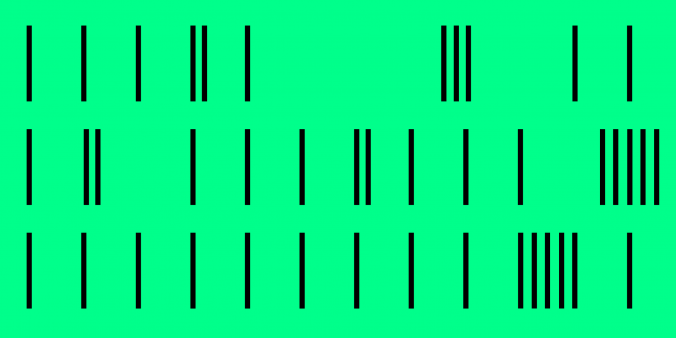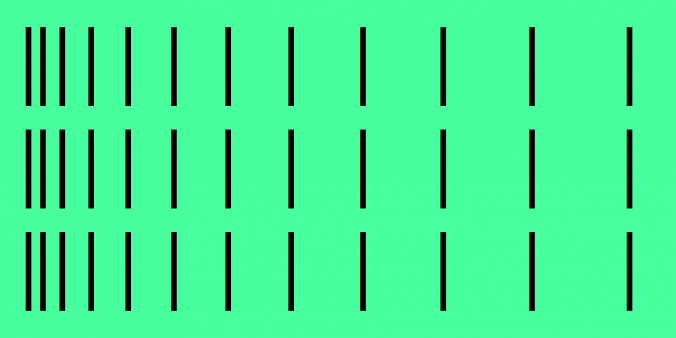
The Aukan Maroon community in Suriname faces problems which are not all that different from those of communities in the Dutch countryside. Young people move away from the places where they grew up in order to study and work, leaving an increasingly elderly community behind. For the Aukan Maroon community in particular, modern technologies and ways of communication such as social media pose an even greater threat to the oral tradition of handing down stories from one generation to the next. The big challenge for the Aukans is: How do we ensure that our children will stay in touch with our traditions and pass them on to their children?
To that end, Gaanman (‘Chief’) Bono Valenti of the Aukan community asked the Cultural Heritage Agency of the Netherlands (RCE) to advise him on possibilities for stopping the erosion of his people’s heritage. One possibility he is considering is to create a community museum in his predecessor’s home in Dritabiki.
From 3 to 7 April 2017, a delegation from the Aukan community visited the Netherlands, hosted by DutchCulture and RCE. The delegation was introduced to various best practices and institutions that might be able to support the Aukan community’s quest, such as ImagineIC and the House Boat Museum in Amsterdam, the Belvedere ‘House of Stories’ in Rotterdam and the Peerke Donders Memorial Park in Tilburg. At the National Archives, the delegation got to see historical documents pertaining to their past, and learned that all of this material is available digitally for them to use freely. Experts from RCE and the Dutch Centre for Intangible Heritage (KIEN) assisted the delegation during their visit.
On the last day of their visit, the delegation met with several Dutch experts for some fruitful and inspirational discussions at the Netherlands Open Air Museum, where KIEN currently has its offices.
As a concrete follow-up, RCE and KIEN will draft a report in close consultation with the delegation that reflects on the findings of the visit and offers advice for Gaanman Bono Velanti.
One conclusion may already be drawn: creating a museum is not enough to safeguard the heritage of the Aukan Maroon people. A wider approach is needed, such as educational programmes in and outside their own community and exploring possibilities for welcoming tourists. It is imperative that all of this be done in close cooperation with other Maroon communities, not just in Suriname but also in neighbouring French Guyana and in the Netherlands.



